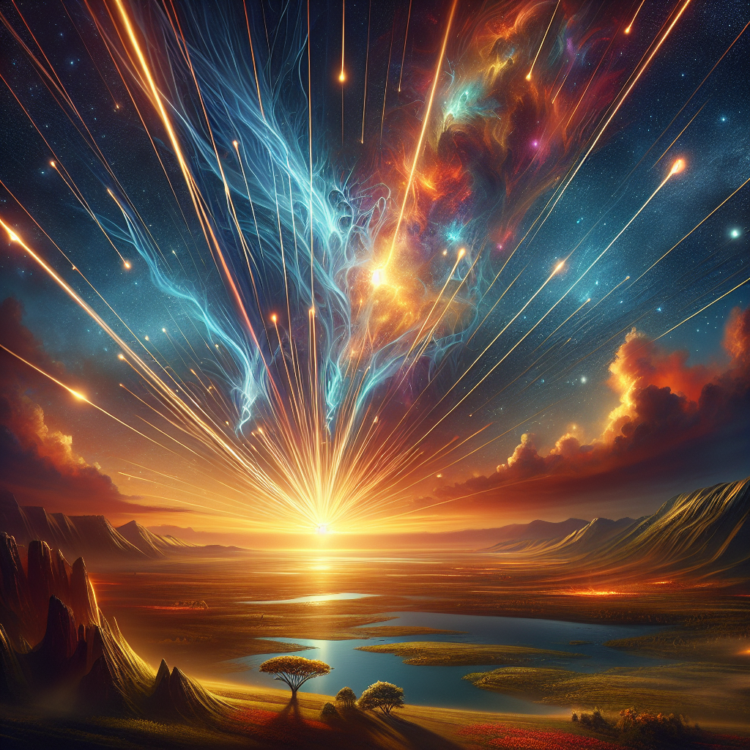Earth’s magnetic field cocoons our planet from the onslaught of cosmic radiation streaming through space while also shielding us from charged particles hurled outward by the sun. But the geomagnetic field is not stationary. Not only does magnetic north wobble, straying from true north (a geographically defined location), but occasionally, it flips. During these reversals, north becomes south, south becomes north, and in the process, the intensity of the magnetic field wanes.
Earth’s magnetic field cocoons our planet from the onslaught of cosmic radiation streaming through space while also shielding us from charged particles hurled outward by the sun. But the geomagnetic field is not stationary. Not only does magnetic north wobble, straying from true north (a geographically defined location), but occasionally, it flips. During these reversals, north becomes south, south becomes north, and in the process, the intensity of the magnetic field wanes.
But there’s also something called magnetic field excursions, brief periods in which the intensity of the magnetic field wanes and the dipole (or two magnetic poles) that we’re familiar with can disappear, replaced with multiple magnetic poles. The Laschamps excursion that occurred around 41,000 years ago is among the best studied. It features a low magnetic field intensity that implies less protection for Earth’s surface from harmful space rays. Periods of low magnetic field intensity could correlate to major upheavals in the biosphere.
To see when cosmic rays were heavily bombarding Earth’s surface, scientists can measure cosmogenic radionuclides in cores from both ice and marine sediment. These special isotopes are produced by the interaction between cosmic rays and Earth’s atmosphere; they are born of cosmic rays, hence they are cosmogenic.
Times of lower paleomagnetic field intensity—less shielding—should correlate to higher rates of cosmogenic radionuclide production in the atmosphere. Sanja Panovska, a researcher at GFZ Potsdam, Germany will present her findings about the relationship between paleomagnetic field intensity and cosmogenic nuclides during the Laschamps excursion, with a focus on space climate, next week during the European Geosciences Union (EGU) General Assembly 2024.
Variations in cosmogenic radionuclides like beryllium-10 provide an independent proxy of how Earth’s paleomagnetic intensity changed. Indeed, Panovska found that the average production rate of beryllium-10 during the Laschamps excursion was two times higher than present-day production, implying very low magnetic field intensity and lots of cosmic rays reaching Earth’s atmosphere.
To wring more information from both cosmogenic radionuclide and paleomagnetic data, Panovska reconstructed the geomagnetic field using both datasets. Her reconstructions show that during the Laschamps excursion, the magnetosphere shrank when the field dramatically decreased, “thus reducing the shielding of our planet,” she said. “Understanding these extreme events is important for their occurrence in the future, space climate predictions, and assessing the effects on the environment and on the Earth system.”
To learn more about this work, Panovska will give an oral presentation during session EMRP3.3 at EGU 2024 on Friday, 19 April, 14:05-14:15 CEST, Room -2.20
More Information
When reporting on this story, please mention the EGU General Assembly 2024, which is taking place from 14-19 April 2024. This talk will be presented in session EMRP3.3 on Friday, 19 April, 14:05-14:15 CEST in Room -2.20. If reporting online, please include a link to the abstract:




